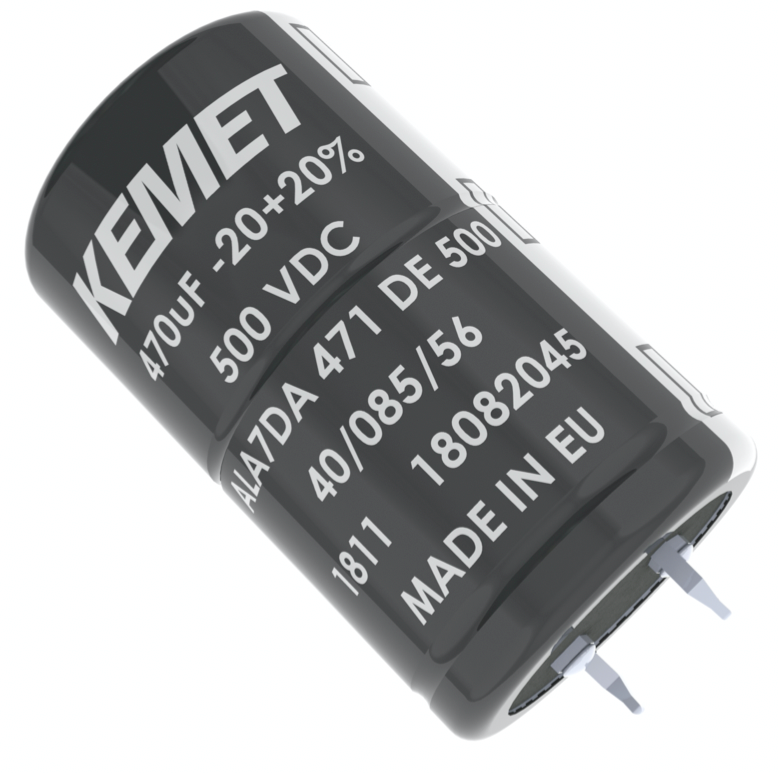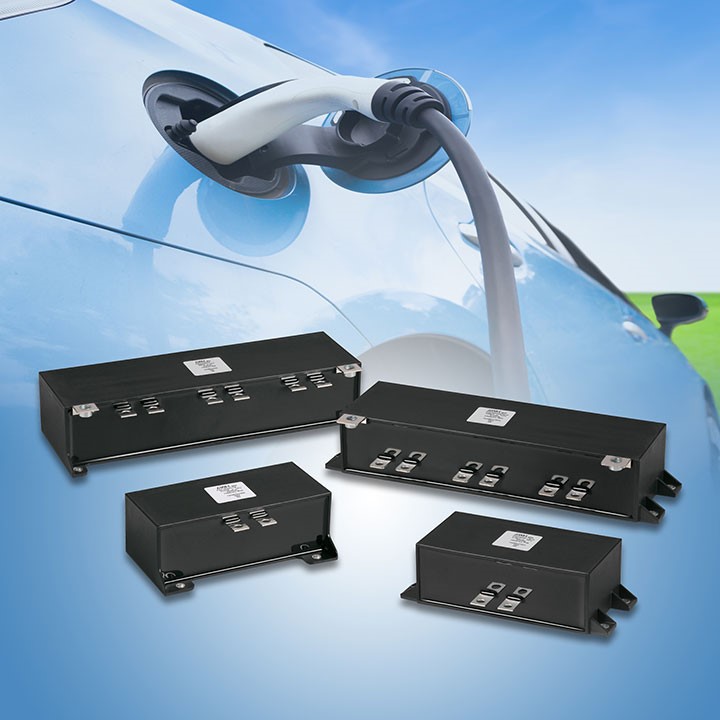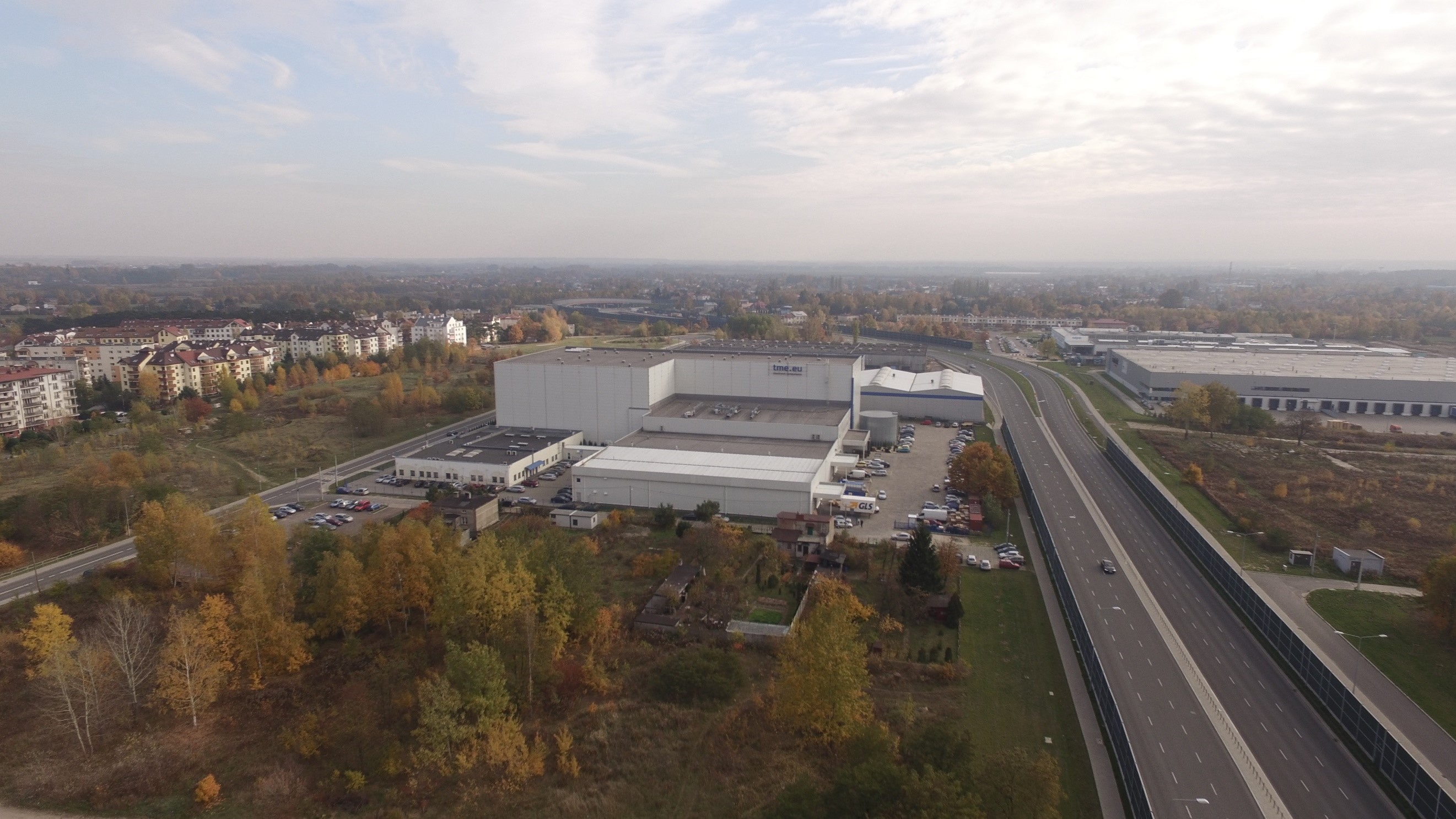Overcoming passive supply issues for growth applications
If active components are the attention-grabbing rock stars of the component world, then passives are the backstage team: just as important, but getting on with their job quietly in the background.
Passives are often considered commodities, but they’re essential for any circuit design, and any missing part can prevent a product being built and shipped.
Market trends can mean that unexpected shortages occur, with components only available on long lead times, or simply not possible to source - so, designers have to spend time and money re-working their circuits to adapt to alternative parts.
For example, over the last couple of years, there have been shortages of MultiLayer Ceramic Capacitors (MLCCs). They have experienced big increases in demand of around 30% per year, partly due to the growth of sectors such as electric vehicles, as well as the increased number of MLCCs per product in markets such as smartphones.
In the last few months, demand for MLCCs has weakened somewhat, with a corresponding decrease in lead times, but overall demand remains high.
How distributors help
To overcome these issues, designers and their colleagues in procurement need to plan ahead as far as possible, but also accept there inevitably will be shortages. One of the best ways to ensure a continuous supply of essential parts is to work closely with a distributor, so you can benefit from their expert knowledge of likely future trends, and their economies of scale.
For distributors, whatever their size, being able to stock every passive for every application is simply unrealistic. While they can hold many more parts than an end customer is likely able to, there is still a limit to how what is possible.
Instead, distributors need to have the technical knowledge and market insight to identify the growth applications that are going to drive demand for passives. This will enable them to offer the right devices, in sufficient quantities, to support the design process.
In turn, this ensures that designers can progress from concept to product as quickly and efficiently as possible, and that existing products don’t require expensive re-work when a part goes out of stock. For example, electric vehicles, and 5G mobile telecoms are two areas that are driving demand for passive components right now.
E-mobility and electric vehicles
E-mobility is a fast growing area, with Electric Vehicles (EVs) becoming popular around the world, including cars, vans, bikes and scooters. In particular, their charging systems require large numbers of passives, including MLCCs, both in the charging infrastructure and in the vehicles themselves.
Newer fast chargers cut down on the time drivers have to wait for their batteries to be replenished, but their higher power puts new demands on the circuitry required. McKinsey estimates that 40 million chargers costing $50bn could be required by 2030, just in the US, China and Europe.
To maximise the range of an EV, the on-board electrical systems need to be as efficient as possible. A distributor, such as TME, can recommend the right passives that will help designers achieve the best results.
For example, KC-LINK capacitors from KEMET are made from a robust and proprietary C0G/NPO Base Metal Electrode (BME) dielectric system, and are well suited for power converters, inverters, snubbers, and resonators, where high efficiency is a primary concern.
Passives for EVs still need to meet the same requirements for robustness and reliability as in any automotive application. A part such as KEMET’s ALA7D capacitors meets these stringent demands: the ALA7D can withstand vibration up to 20G, with an operating temperature range of -40 to +85°C, and a long life, of up to 15,000 hours at +85°C.

Figure 1: KEMET ALA7D capacitor [source: KEMET]
Similarly, other vendors such as AVX provide a wide range of passives that are optimised for EV applications, including capacitors, connectors, and circuit protection. A distributor such as TME can help designers navigate the sometimes overwhelming range of parts available - for example, for AVX alone, TME lists more than a thousand different passive components.

Figure 2: AVX FHC Series capacitors [Source: AVX]
5G mobile telecoms
Another much-hyped technology at the moment is 5G, promising faster downloads for consumers and better efficiency for operators, as well as improved capabilities to handle many smartphones in small areas, such as a crowded shopping mall. 5G will also open up new applications, such as connected, self-driving cars, and the Internet of Things (IoT).
To achieve this, 5G requires the use of higher frequency radio signals than existing mobile networks. These higher frequencies don’t travel as far, so there’s a need for more base stations, or ‘small cells’, to ensure good coverage.
With these higher frequencies and bandwidths, passives such as higher value capacitors and lower-loss magnetics will be increasingly in demand, and timing solutions will need to offer better accuracy and performance. Consumers will expect higher performance gadgets in smaller packages, meaning that power conversion will need to be more efficient, and batteries will need to keep improving.
For example, KEMET’s CBR series MLCC capacitors are optimised for high frequencies of up to 50GHz, with an ultra-stable dielectric. They also have a low Equivalent Series Resistance (ESR), thus minimising power loss at RF frequencies. The CBR series parts are well suited to multiple telecom use cases, including RF power amplifiers, mixers, oscillators, low noise amplifiers, filter networks and antenna tuning.
Again, your distributor is a valuable source of advice to turn to if you’re making the move to 5G designs. They can provide expert opinions and can recommend the best component from the ranges of multiple suppliers.
TME’s capabilities make the difference
Working with an expert distributor can greatly improve your ability to choose the right passive components; both in terms of the part that’s best suited to your application requirements, and one that will be available on the lead times and quantities that you need.
Size matters. To achieve leverage with vendors, and to ensure stock levels are sufficient to handle demanding design schedules. To meet this kind of requirement, TME has invested in a modern logistics centre in Poland, with an area of 18,800m2, and 180,000 shelf locations. This enables it to ship 5,000 parcels a day to customers in 140 countries all over the world, with delivery times of only 24-72 hours within the European Union.
TME employs more than 800 people, and is one of the biggest global distributors of electronic, electromechanical, industrial automatic components - with around 300,000 products on offer. TME’s engineers work closely with suppliers, so they can give customers the expert, in-depth advice they need, including product training.

Figure 3: TME’s 18,800m2 logistics centre
Conclusions
While high value active components may get most attention from design engineers, it’s vital that passives aren’t ignored. Recent supply shortages, such as for MLCC capacitors, have shown that designers and procurement teams need to make sure they are choosing the right passives for their applications, and that there is sufficient supply to avoid costly bottlenecks. In particular, growth applications such as 5G and electric vehicles are more likely to experience restricted supply.
A distributor such as TME can provide the market insight and technical knowledge needed, to make decisions that are right now and for the future - as well as the logistics and scale to deliver the components required, quickly and efficiently.







